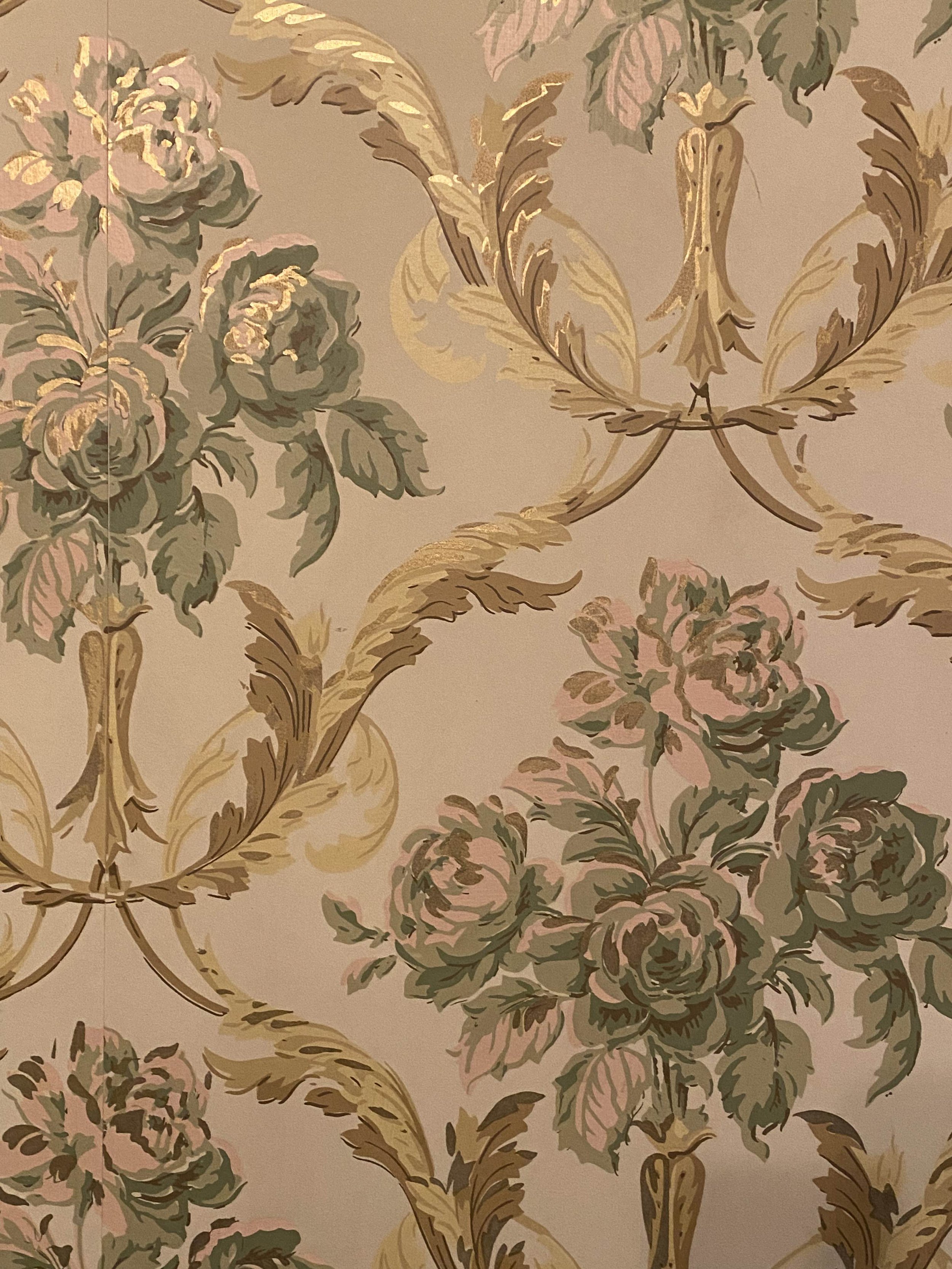

About Joel Chandler Harris

An overview of the author, journalist, and folklorist who called The Wren’s Nest home.
Joel Chandler Harris at age 20
Joel Chandler Harris at age 34
Joel Chandler Harris was one of the most popular writers in America at the turn of the 20th century. Born and raised in middle Georgia before and during the Civil War, he began working at a young age to help support his family. At 14 he became a printer’s devil, or apprentice, for a regional newspaper published in Putnam County, The Countryman. The paper was printed on Joseph Addison Turner’s Turnwold Plantation. It was here that Harris became friends with men and women who were enslaved at Turnwold.
Harris, who never knew his father, formed an unlikely bond with George Terrell, one of the men enslaved on Turner’s plantation. On many occasions, Harris would listen to Terrell and others as they told stories about Brer Rabbit and other critters handed down from African folklore.
After the Civil War, Harris pursued a newspaper career, moving to Macon to become a typesetter for the Telegraph and then to Savannah to become associate editor at the Morning News. It was there that he met and married Esther LaRose, the daughter of a Canadian ship captain, in 1873.
Three years later, Savannah was hit with a deadly yellow fever epidemic. Harris, his wife, and their two children moved to Atlanta. Shortly after their move, Harris was hired by The Atlanta Constitution, where he worked alongside editor Evan Howell and associate editor Henry Grady. Originally writing editorials on social, political, and literary themes, Harris eventually began to fill in for a columnist who specialized in dialect stories, which were popular then. Harris first mentioned Uncle Remus in one of those stories in 1876 but didn’t fully develop him as a character until “The Story of Mr. Rabbit and Mr. Fox as Told by Uncle Remus” appeared in the Constitution in 1879.
Readers loved it, and more stories followed. In 1880, Harris’s first collection, Uncle Remus: His Songs and His Sayings – Folklore of the Old Plantation, was published. Over 10,000 copies sold in the first four months. The Uncle Remus stories became an international sensation. By writing down the Brer Rabbit stories and other African folktales he had heard, Harris preserved and popularized them. He was also one of the first modern authors to anthropomorphize animals, giving them a voice in his stories.
Bronze bust of Joel Chandler Harris at The Wren’s Nest
Joel Chandler Harris on the porch of The Wren’s Nest
Over the next two decades, Harris published thirty-five books of folklore and fiction, and wrote thousands of articles for the Constitution. His work influenced writers such as Mark Twain and Rudyard Kipling and helped to create a new genre of animal stories that set an example for Walt Disney and many others to come.
Harris retired from the Constitution in 1900 and founded Uncle Remus’s Magazine. In the last years of his life, he was honored by President Theodore Roosevelt and named to the American Academy of Arts and Letters.
When Harris died on July 3, 1908, at the age of 60, he was mourned internationally. His widow, Esther LaRose Harris, sold their home, The Wren’s Nest, to the Uncle Remus Memorial Association in 1913. It has been a treasured Atlanta landmark, and a national memorial to Harris, ever since.
At the time of his death, Harris’ popularity as a writer was surpassed only by that of his friend and admirer Mark Twain.




